We may earn money or products from the companies mentioned in this post. This means if you click on the link and purchase the item, I will receive a small commission at no extra cost to you ... you're just helping re-supply our family's travel fund.
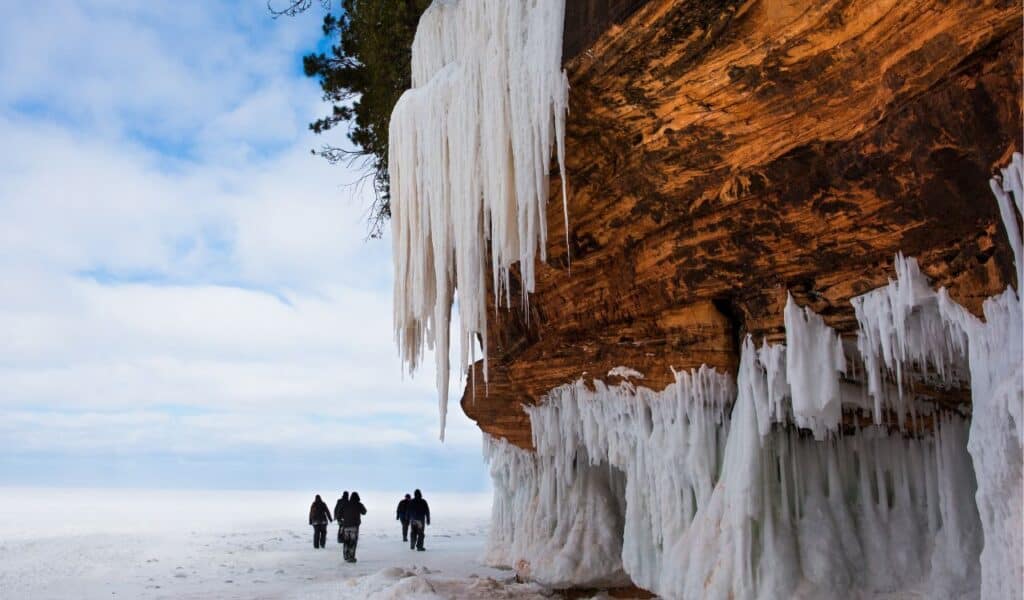
Looking to dodge the crowds in 2025 without sacrificing scenery, culture, or wow-factor moments? This gallery rounds up underrated U.S. gems that feel fresh and wildly photogenic, from moss-draped coastal islands to red-rock folds, Great Lakes sea caves, and artsy mountain towns. Each pick leans on recent rankings, conservation cred, or under-the-radar status, places that deliver big experiences with less hassle. From a 100-mile rock wrinkle to a rare ice cathedral, expect views with room to breathe.
St. Simons Island, Georgia
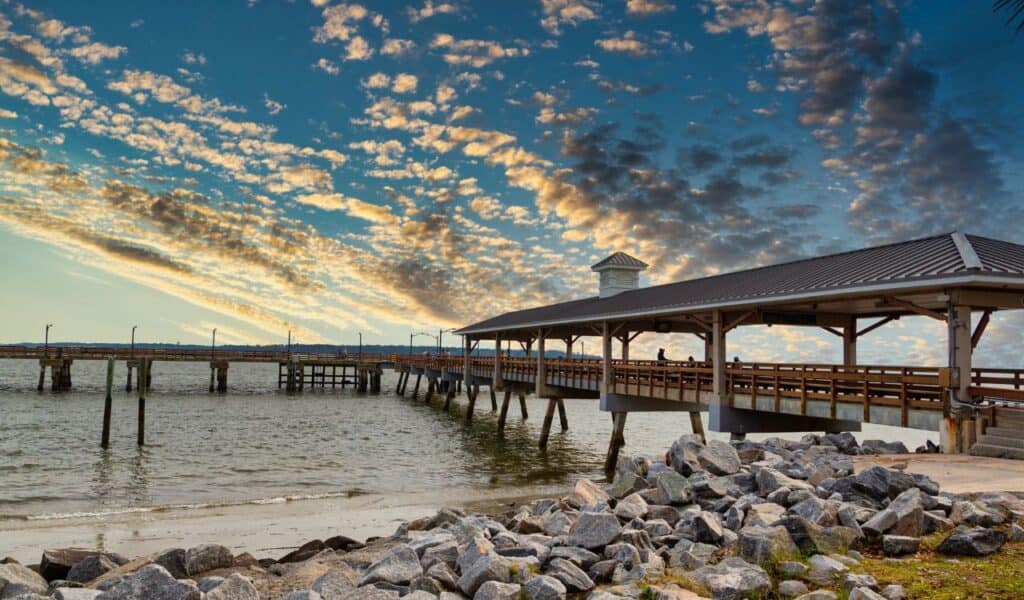
Recently named the No. 1 “Most Underrated” U.S. destination for 2025 by U.S. News & World Report, this Golden Isles standout blends dune-backed beaches, live oaks draped in Spanish moss, and Lowcountry history with lighter crowds than neighboring hot spots. Fort Frederica National Monument and miles of bike paths add quiet depth, while its easy pace and four-season appeal make it a compelling alternative to overrun coastal hubs. Best season: March–May, September–November.
Chincoteague, Virginia
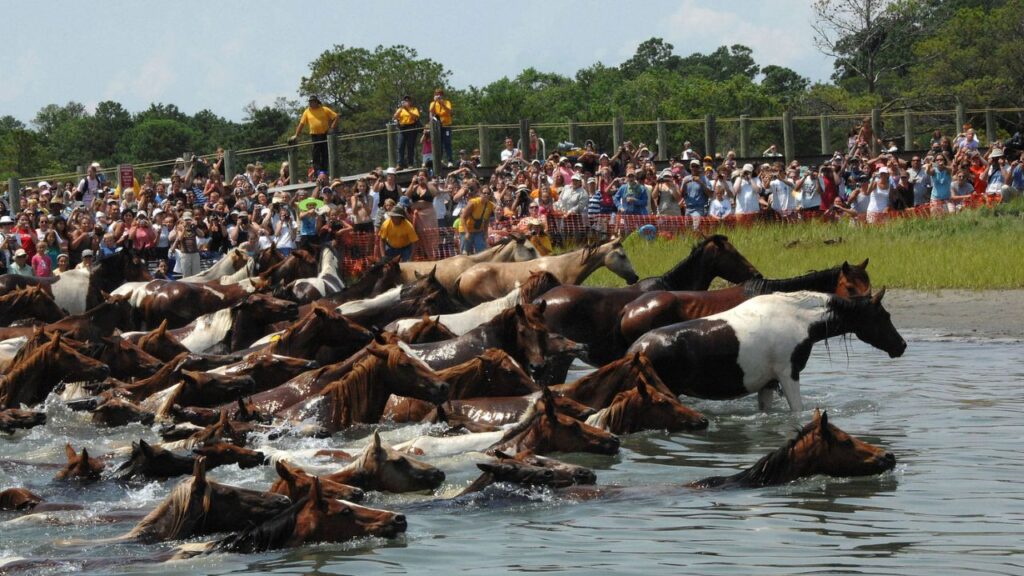
This marsh-ringed island remains famously serene, with access to Assateague’s protected beaches and the beloved wild Chincoteague ponies. Birders flock here along the Atlantic Flyway, and paddlers find glassy creeks at sunrise. With strict conservation shaping visitation, Chincoteague feels like a rare East Coast time capsule, ideal if nature-first beach days, lighthouse climbs, and seafood shacks sound better than boardwalk bustle. Signature experience: pony viewing at dawn.
Pawleys Island, South Carolina
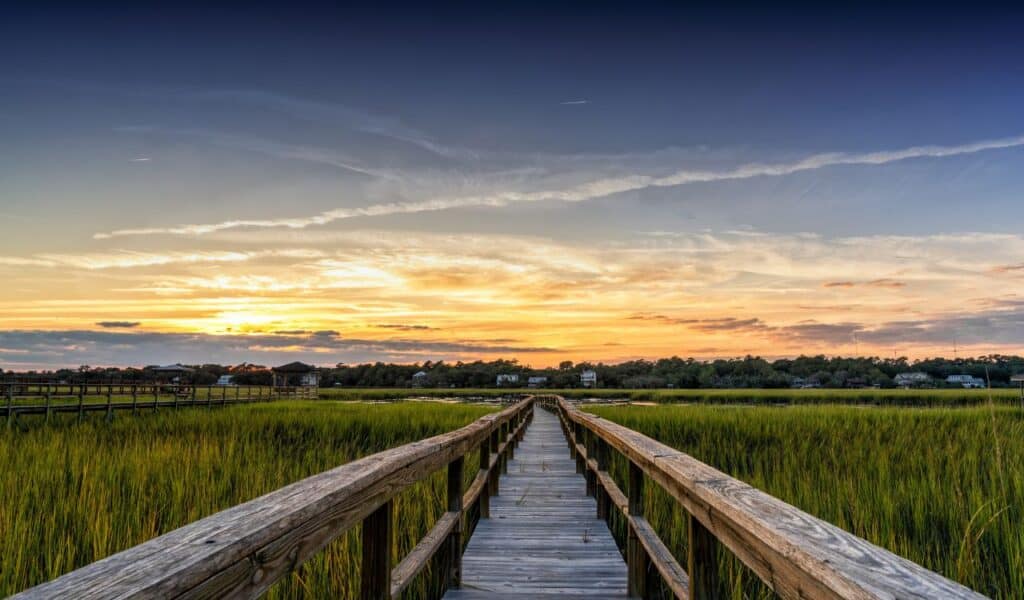
One of the East Coast’s quietest barrier islands, Pawleys keeps its old-school soul: hammock porches, tidal creek crabbing, and low-rise dunes instead of high-rise strips. Its calm, family-friendly vibe pairs with nearby salt marsh preserves for kayaking and birding. If Myrtle Beach feels frenetic, Pawleys offers a back-in-time breather, close enough for shared day trips, yet distinct enough to stay under the radar. Best season: late spring and early fall.
Apostle Islands, Wisconsin
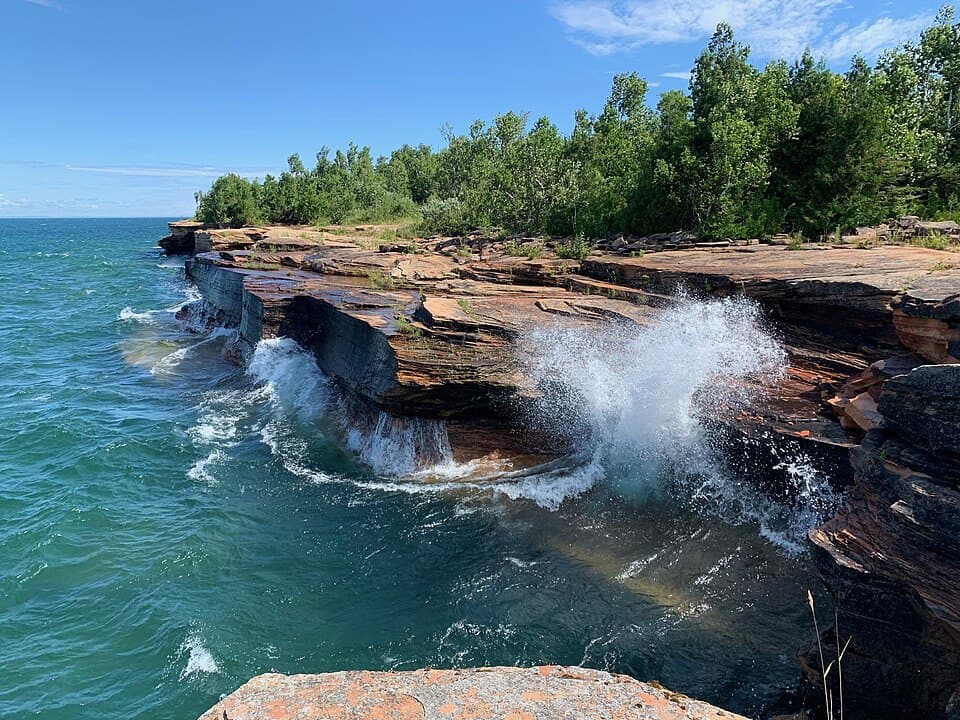
Dotting Lake Superior, this archipelago lures summer paddlers to sculpted sandstone sea caves and historic lighthouses. In exceptional winters, the mainland caves can become walkable ice cathedrals when prolonged subzero spells form stable ice, events that are rare and carefully monitored. Guided kayaking makes the caves accessible in summer. Signature experience: sunset kayak beneath red sandstone arches.
Torch Lake, Michigan
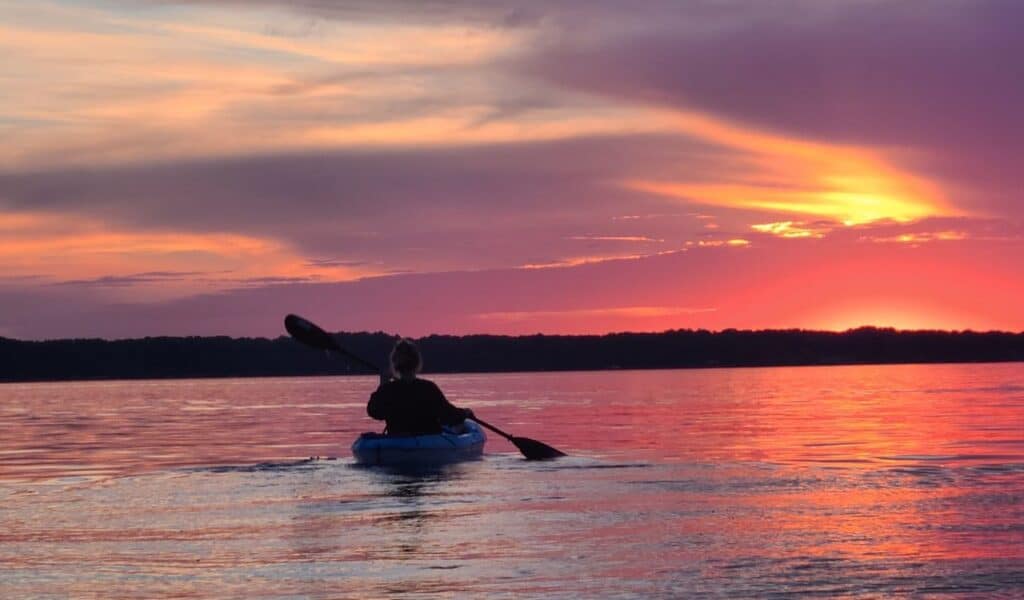
Known for astonishingly clear, turquoise water, Torch Lake feels almost Caribbean on sunny summer days, with long sandbars that turn into natural swimming lounges. Its short peak season keeps crowds in check compared to the Great Lakes’ headline beaches. Set within a chain-of-lakes network, it’s a boater’s daydream and a photographer’s color study, proof the Midwest can be as photogenic as any coast when the light hits right. Best season: July–August.
New River Gorge National Park & Preserve, West Virginia
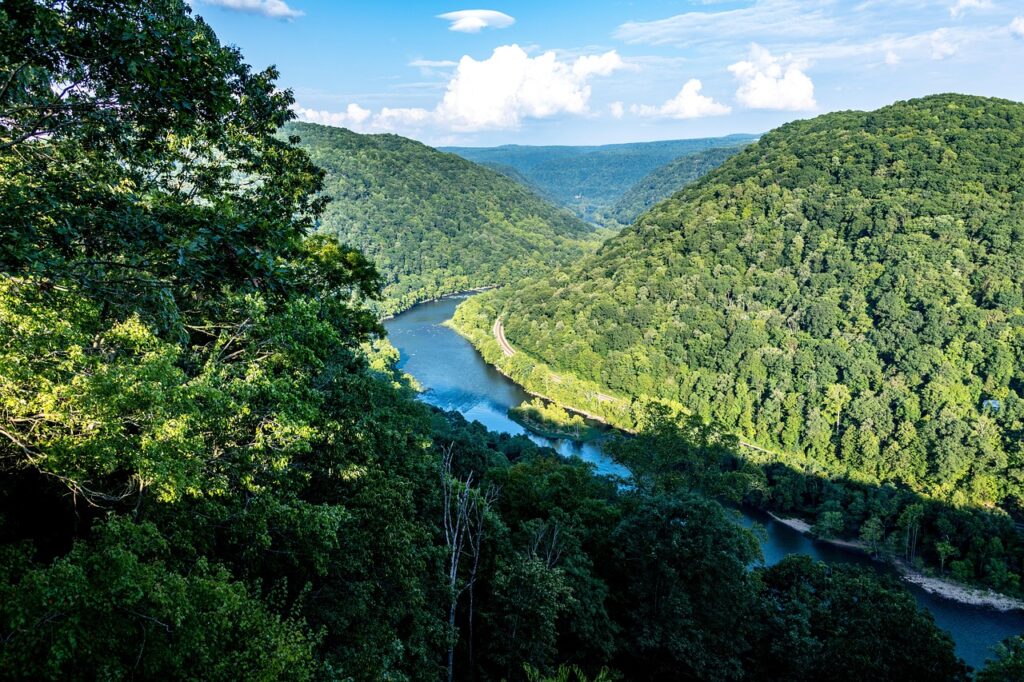
Redesignated a U.S. national park in December 2020, this gorge spans 53 miles and pairs a record-setting steel arch bridge with sandstone cliffs, roaring whitewater, and hundreds of climbing routes. Take the Bridge Walk along the catwalk for soaring perspectives and a steady adrenaline hum. Rim-to-river trails and small towns like Fayetteville give it year-round adventure credibility without the crowds. Don’t miss: Bridge Walk panoramas.
Rapid City & the Black Hills, South Dakota
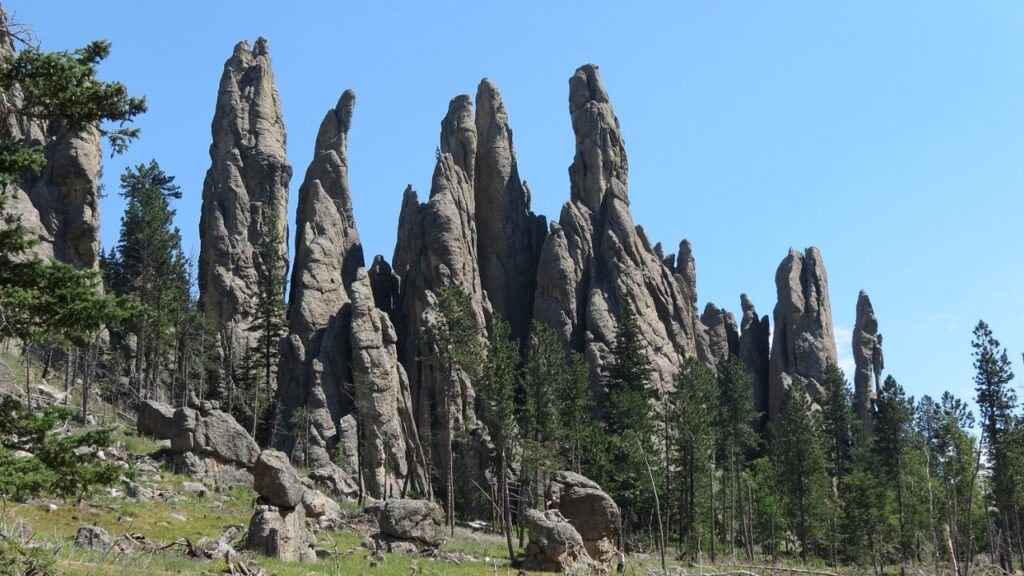
Use Rapid City as a savvy base for granite spires, bison herds, and underground wonders in the surrounding hills. Beyond marquee monuments, hikers and cyclists discover quiet lakes and cathedral-like ponderosa forests. With wildlife drives in Custer State Park and sprawling cave systems nearby, this gateway delivers a varied mountain trip, big western drama with manageable drives and small-town charm. Don’t miss: Needles Highway viewpoints.
Capitol Reef National Park, Utah
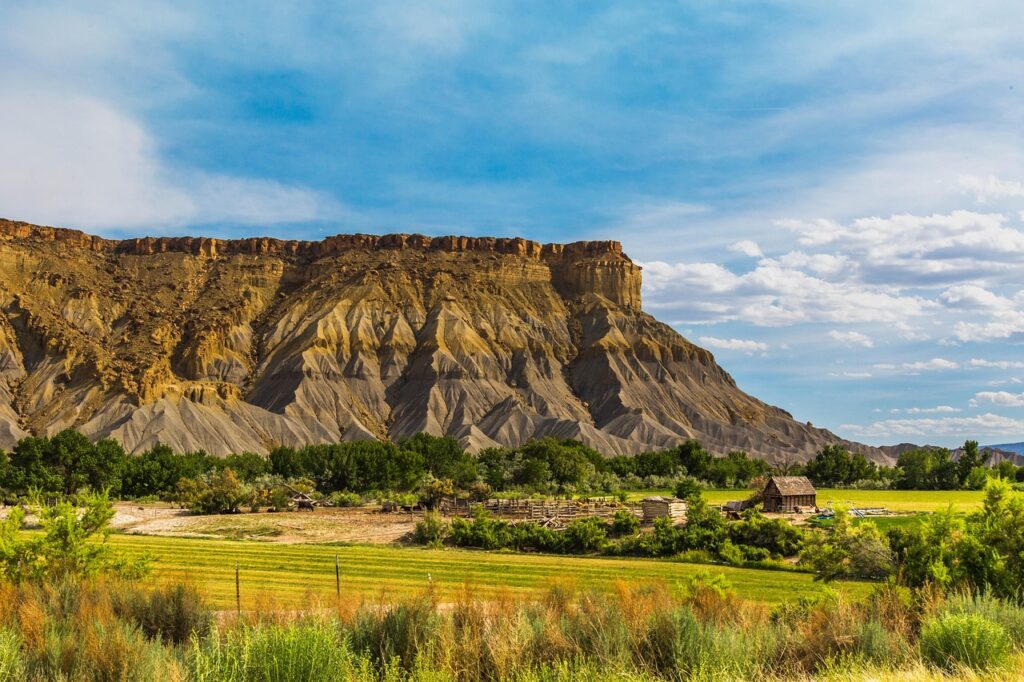
Often overlooked next to Zion or Arches, Capitol Reef showcases the Waterpocket Fold, a 100-mile wrinkle in the earth that creates slot canyons, domes, and pastel cliffs. Orchards planted by 19th-century settlers still bear fruit for pick-your-own seasons, a delightful contrast to desert stone. Scenic drives and backcountry routes spread visitors out, preserving the quiet that makes this park feel truly undiscovered. Best season: April–May, September–October.
Petrified Forest National Park, Arizona
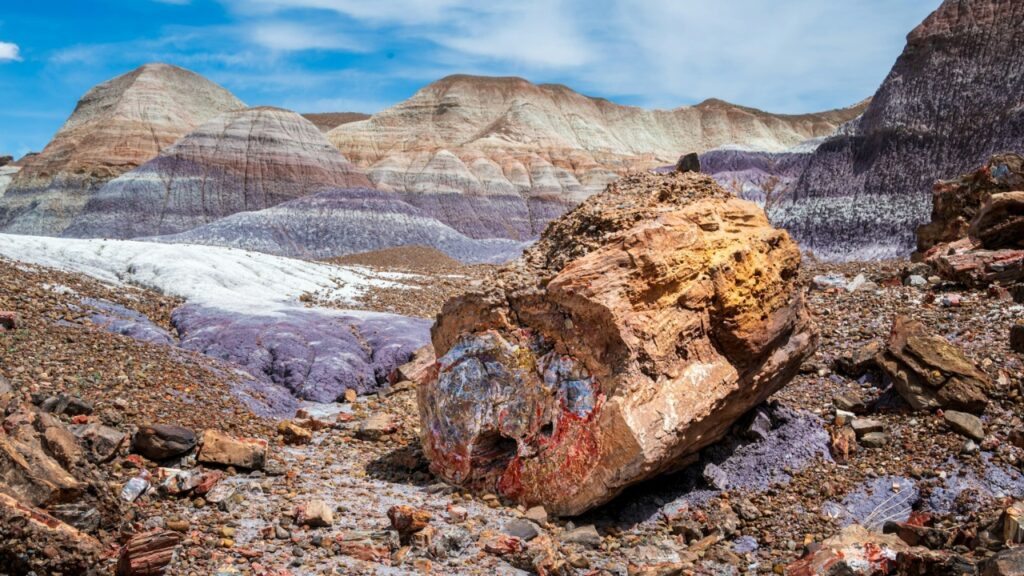
Striped badlands of the Painted Desert meet rainbow-hued fossilized logs in a compact park that sits right on old Route 66. Petroglyphs, historic structures, and wide-open vistas make it a layered stop for geology and culture fans alike. Despite its jaw-dropping colors and easy access, it’s far less crowded than Arizona’s headline parks, ideal for slow, contemplative hikes and cinematic sunsets. Signature experience: Blue Mesa at golden hour.
Goblin Valley State Park, Utah
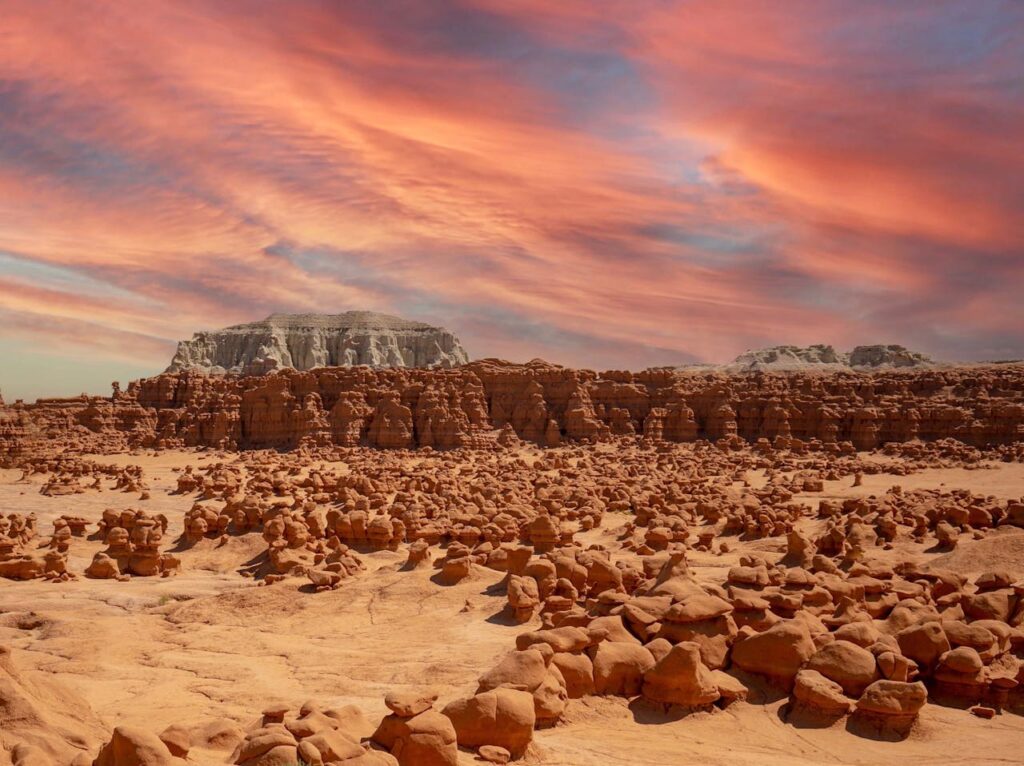
A whimsical playground of sandstone hoodoos, goblins, spreads across a basin tailor-made for exploring at kid-height scale. Photographers chase long-shadow magic hours, and dark-sky status turns nights into celestial showcases. While many rush to Utah’s national parks, this state park stays blissfully quieter, rewarding those who linger with otherworldly textures and maze-like gullies you can roam without a set trail. Best season: spring and fall.
Tettegouche State Park, Minnesota
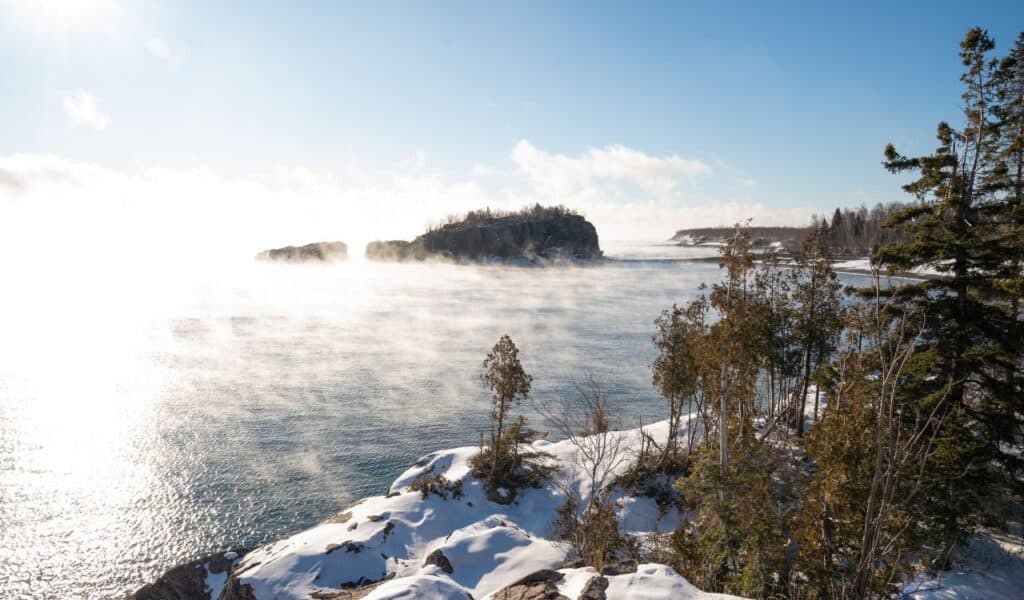
Along Lake Superior’s North Shore, Tettegouche stacks together cliff-top vistas, multiple waterfalls, and expanses of boreal forest that glow in fall and sparkle under winter stars. Its mix of rugged shoreline hikes and accessible overlooks suits day-trippers and backpackers alike. Fewer out-of-state visitors means room to breathe, plus some of the Upper Midwest’s best sunrise views over a vast inland sea. Don’t miss: Shovel Point overlook.
Asheville, North Carolina
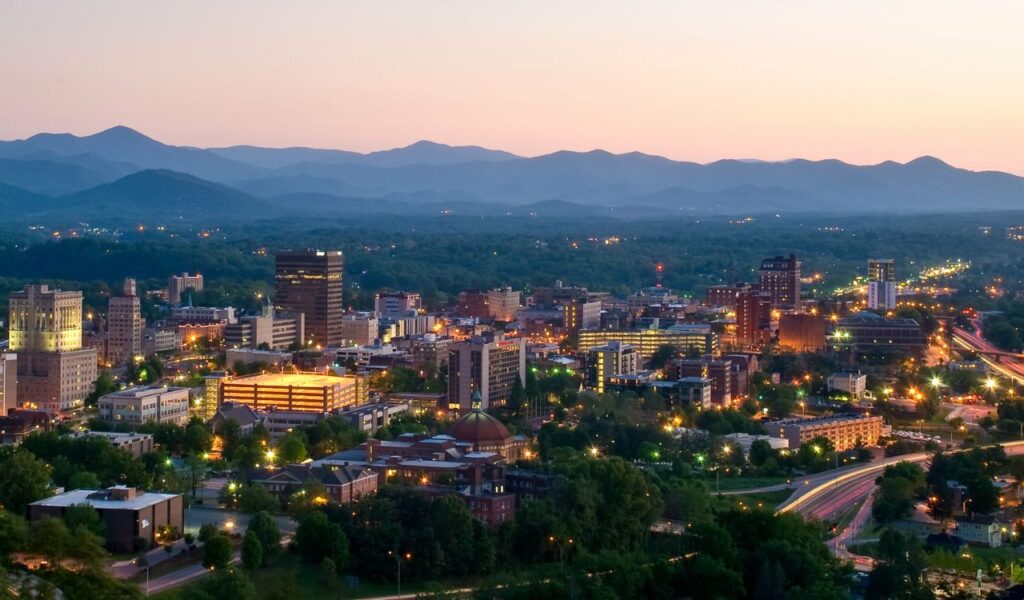
A Blue Ridge basecamp where the Blue Ridge Parkway and waterfall trails meet craft breweries, galleries, and a lively food scene. The city’s Gilded Age architecture and river-arts warehouses bookend days spent chasing rhododendron blooms and smoky ridgeline vistas. Elevated by recent traveler lists, Asheville still feels approachable, an easy gateway to Great Smokies scenery without gridlock. Signature experience: Parkway overlooks at golden hour.
Portland, Oregon
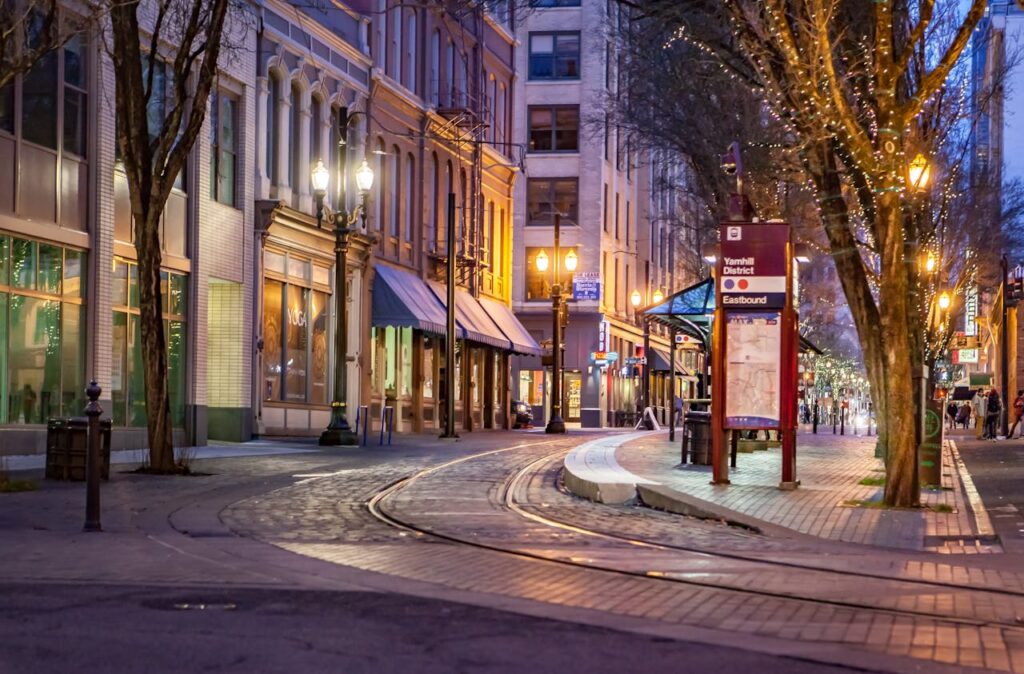
A green city stitched with trails in about 5,200-acre Forest Park and framed by quick escapes to the Columbia River Gorge’s waterfalls and the wild Pacific Coast. Its indie food carts, coffee culture, and makers’ markets add urban flavor between day hikes. For travelers wanting west-coast nature access with light logistics, Portland is a nimble hub that stays creative, eco-minded, and refreshingly livable. Don’t miss: Forest Park’s Wildwood Trail.
Apostle Islands Ice Caves (Seasonal), Wisconsin
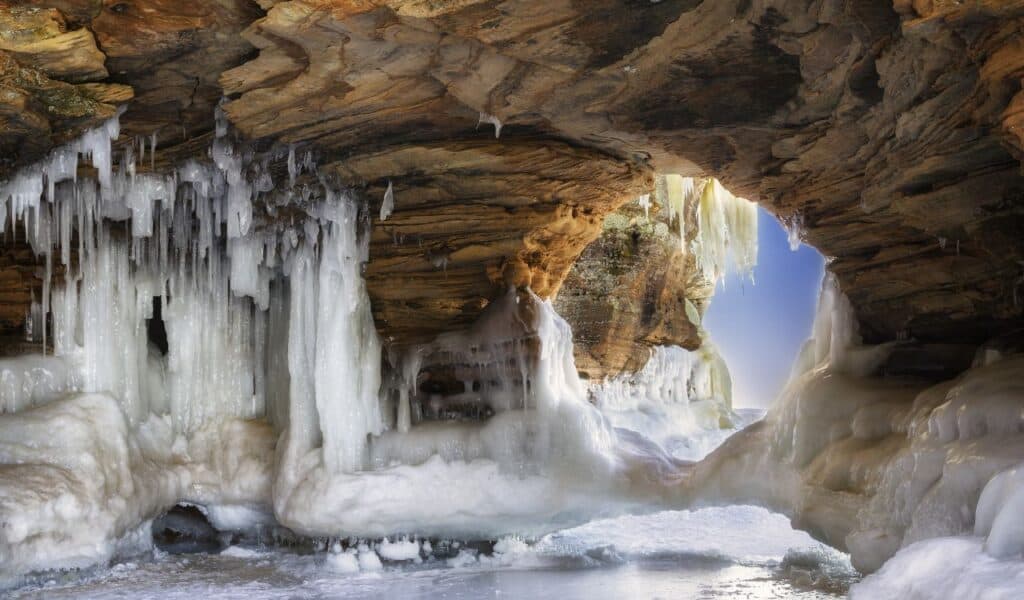
In rare winters, thick, stable ice and low winds can let visitors walk to the mainland sea caves, transforming them into vast chambers of icicles and frozen curtains. Access varies year to year and is closely monitored, conditions have often kept them closed in recent seasons. When everything aligns, the spectacle is fleeting and unforgettable, one of the Midwest’s most elusive natural events. Best season: only during safe, announced openings.